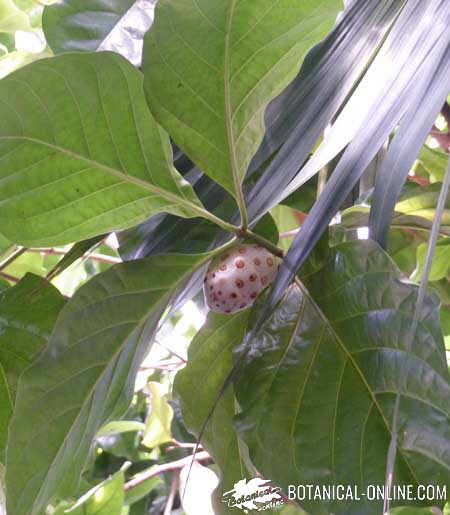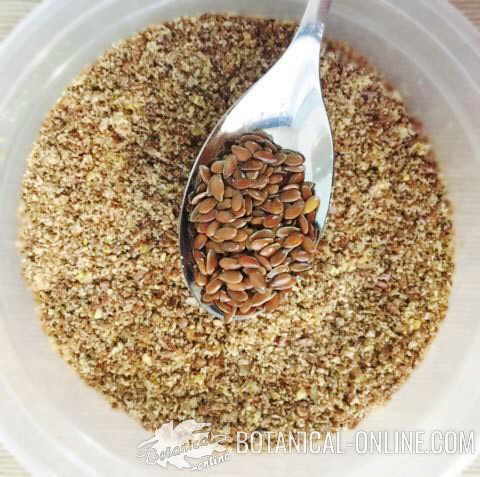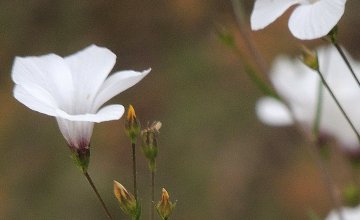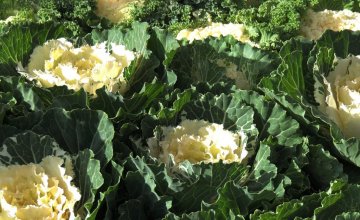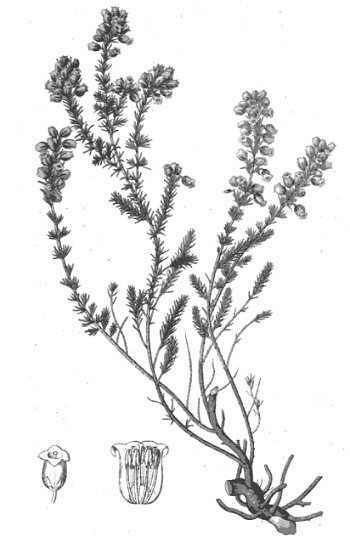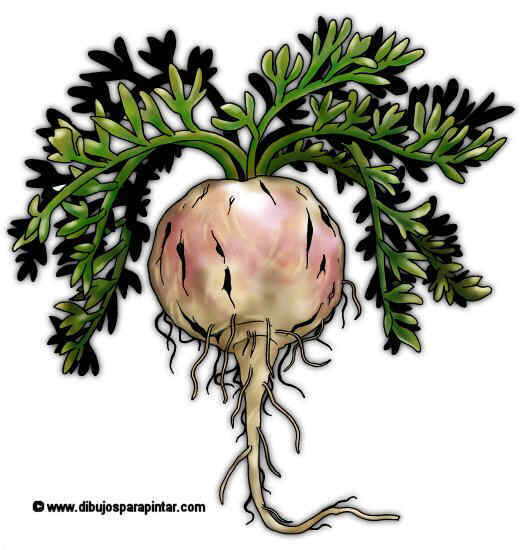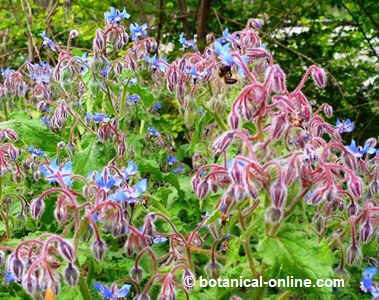Contents
PROPERTIES OF POPLAR
TRADITIONAL USES
The use of poplar for its medicinal properties is not new. The Greek physician and botanist Dioscorides wrote as this tree was important for the treatment of gout.
English physician and apothecary Nicholas Culpeper (1616 – 1654) in his book “Complete Herbal” says of this tree:
| “The juice of the leaves dropped warm into the ears , eases the pain in them. The young clammy buds or eyes , before they break out into leaves, bruised, and a little honey put to them , is a good medicine for a dull sight… The seed, drank in vinegar, it held good against falling-sickness. The water that drops from the hollow places of this tree takes away warts, pushes , wheals and other the like breakings-out of the body. The young buds poplar buds, saith Mattiolus, are much used by women to beautify their hair. The ointment called populneum, which is made of this poplar, is singularly good for all heat and inflammation in any part of the body, and tempers the heat of wounds. It is much used to dry up the milk of women’s breast when they have weaned their children “ |
Carl von Linné writes literally the following in his book “Practical part of botany of Linnaeus Knight” published in Madrid in 1788:
“It lives in more temperate Europe: on the outskirts of Madrid, Aragon, Catalonia and in many other parts of Spain. The buds of this plant are resinous, emollient and soporific; are used externally in diarrhea and dysentery, in arthritic pains, and burns “ |
BLACK POPLAR (POPULUS NIGRA)
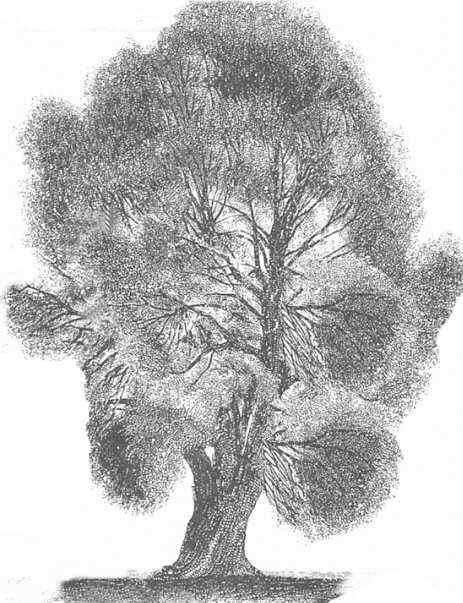
In the book “Pharmacology surgical or science of internal and external medicines needed to cure the ills of surgery” by Joseph Jakob von Plenck, Antonio Lavedan and Villalpando, published in 1805, also told us the properties of the tender stems of black and white poplar :
“The oil of these buttons or young stems are used in cases of cracks and tendon injury in parts, or when ulcers. Populneum is a praised ointment to soothe the pain of hemorrhoids” |
MEDICINAL PROPERTIES OF POPLAR
Components:
- Acids: caffeic, gallic and malic (Plant)
- Salicin (Plant)
- Nigracin (Plant)
- Chrysin (Plant)
- Populin (Plant)
- Salicortin (Plant)
- Mannitol (plant)
- Tannins
- Flavonoids: quercetin, rhamnetin, metilcresin and chrysin (Plant)
Collecting and conservation: Poplar bark should be collected during the autumn and dried in the sun. The buds are collected in early spring and dried in the shade outdoors. Both, bark and buds, should be kept in the shade in airtight dry containers.
Internal use preparations with black poplar
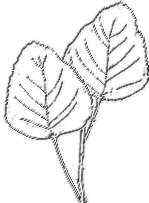
A plant for pain and inflammation
The medicinal properties of the buds of this plant derive from its wealth in salicin that the liver turns into salicylic acid, a natural form of “aspirin” with the following properties: analgesic (pain killing), antiplatelet (blood thinners), antipyretic (against fever), anti-inflammatory (able to reduce inflammation), anti-gout and anti- rheumatic (very good against rheumatism and gout).
Another plants very rich in this component are white willow (Salix alba) and meadowsweet (Filipendula ulmaria) that contain higher levels than black poplar. Balm of Gilead or balm of Judea (Populus balsamifera) is another type of elm or poplar with a higher amount of this component.
All these properties are used for the treatment of the following anomalies:
- Rheumatism: With its ability to reduce pain and swollen joints, preparations using this plant help to improve the condition of people affected by rheumatoid arthritis.
In addition to salicin, poplar contains other painkillers to help decrease joint pain. These include gallic acid and salicortin.
These same components also possess anti-inflammatory properties. On the other hand, we must not forget the diuretic properties of mannitol, very useful for removing fluid retention that occurs in the joints, causing the inflammation of these areas. (Decoction of half a teaspoon of dry bark per cup of water for 10 minutes. Drink two cups a day) (infusion of two teaspoons of dried buds per liter of water for 10 minutes. Drink two or three cups per day)
- Gout: The same previous preparation is suitable for the treatment of gout.
- Uric acid: The decoction of the buds is used with similar properties for the treatment of uric acid. (Decoction for 15 minutes of 2 tablespoons of dried buds per liter of water. Take 3 or four cups a day, sweetened with honey)
A good remedy for urinary tract infections
The anti-inflammatory, diuretic and antiseptic properties of this tree are well suited to treat urinary problems. Internal use of preparations with poplar buds reduce inflammation, diminish infections and prevent stone formation. Therefore, black poplar is very appropriate in diseases such as:
- Nephritis: It relieves pain and reduces the infectious process (infusion of two teaspoons of dried buds per liter of water for 10 minutes. Drink two or three cups per day)
- Cystitis: In cases of inflammation of the urinary bladder its effects on the kidneys are similar . (Perform the same treatment).
- Kidney stones: Poplar helps reduce uric acid prevents urinary tract infections, increasing the production of urine. Uric acid, or oliguria infections are causes that can support the development of kidney stones. (Infusion of two teaspoons of dried buds per liter of water for 10 minutes. Drink two or three cups per day)
An aid to respiratory diseases
The anti-inflammatory properties of black poplar exert a soothing effect on the internal membranes. It also has antitussive properties, so poplar preparations have been used to relieve cough.
Similarly, it is clear that these preparations are useful to combat respiratory tract diseases that require expectoration. This makes it very useful for respiratory abnormalities such as:
- Bronchitis: In case of bronchitis, poplar helps relieve cough, increases sputum production and reduces inflammation (infusion of 5 tablespoons of dried buds per liter of water for 10 minutes. Drink two or three glasses a day) (take 40 drops of tincture three times a day dissolved in water.
The tincture can be purchased at pharmacies or stores or made at home. To make it at home, follow this recipe:
| Poplar tincture recipe |
– In a glass bottle pour two tablespoons of dried broken buds
- Add 5 tablespoons of pure alcohol
- Add 4 1/2 tablespoons of distilled water
- Mix all the ingredients
- Let macerate for seven days
- Filter and placed in a glass container with dropper
- Keep it in a fresh dark place
For cold treatment, take 40 drops of tincture three times a day dissolved in water
- Cold: Poplar helps reduce fever with increased sweating, and improvements cold symptoms (decreases cough, sore throat or difficulty breathing). (Take one of the two previous preparations)
External use preparations with black poplar
A plant with soothing and vulnerary properties
Tannins play a healing role in accelerating wound healing and hemostasis (stopping the bleeding).
Healing occurs by the formation of crusts by binding proteins with tannins and create a “dry” means that prevents bacterial growth. By constricting blood vessels it helps blood clotting and, therefore, contributes to the healing of wounds.
We should add that gallic acid and malic acid have bacteriostatic properties (prevents bacteria to grow).
This property combined with chrysin fungal properties make it a useful remedy in the external treatment of skin abnormalities, such as:
- Hemorrhoids: The preparations of poplar reduce inflammation and decrease the unpleasant discomfort of hemorrhoids. (Make a sitz bath with the liquid from the decoction for 15 minutes of a couple of tablespoons of dried buds per liter of water). The same treatment is indicated for anal fissures.
- Wounds: Using the poplar in the treatment of wounds will decrease bleeding, promote healing and reduce the risk of infection. (Wash the wounds with the liquid resulting from liquid from the decoction for 15 minutes of a couple of tablespoons of dried buds per liter of water) The same treatment is suitable for outpatient treatment for any type of cut, abscess, rash, scratch, prick or outer skin ulcer.
- Burns: It is also recommended for the external use treatment of superficial burns. It helps reduce pain and promotes skin renewal. (Wash the burned area with a gauze soaked in the decoction for 15 minutes of a couple of tablespoons of dried buds per liter of water)
- Joint pain: Using the above application for areas affected by arthritis or arthrosis can help reduce pain and improve mobility of joints.
- Muscle pain: Muscles can also be rubbed with the liquid from the decoction to treat muscle pain.
Precautions and toxicity:
No side effects have been reported or contraindications in therapeutic doses.
![]() More information about poplar.
More information about poplar.

